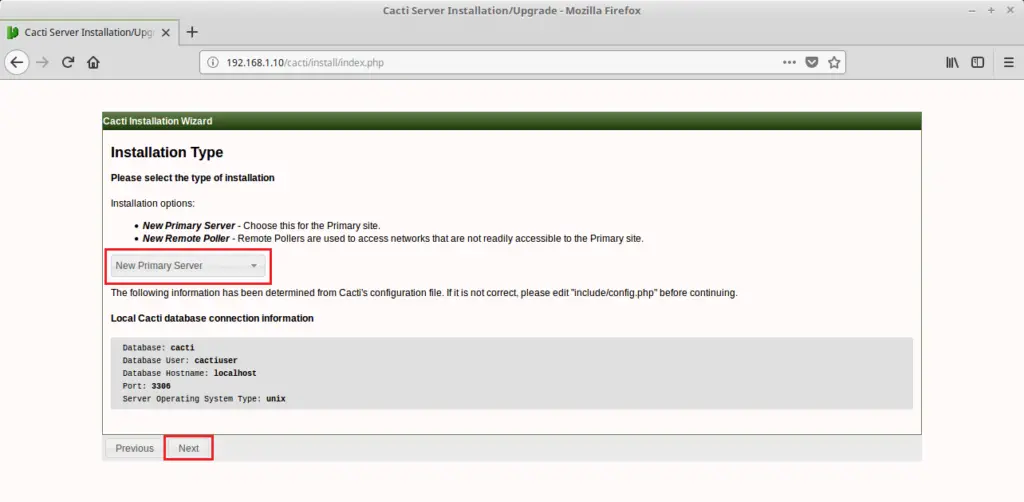
- #How to install cacti on ubuntu server 14.04 update#
- #How to install cacti on ubuntu server 14.04 manual#
- #How to install cacti on ubuntu server 14.04 upgrade#
Create the Odoo user that will own and run the application Now we’re ready to start the Odoo install. Now make sure your server has all the latest versions & patches by doing an update:Īlthough not always essential it’s probably a good idea to reboot your server now and make sure it all comes back up and you can login via ssh. Apparently this is required to correctly restore backups. I have added python-unicodecsv to the list of dependencies. I’m aware of a possibly suitable alternative called fail2ban but have not used it yet do you own research. UPDATE: Note that it seems denyhosts is no longer being maintained and is not in the main Ubuntu repository any more.

Sudo apt-get install openssh-server denyhosts This can also help to limit the potential of brute-force attacks. If you don’t already, it’s also worth looking at setting up key-based ssh access, rather than relying on passwords. There are other protection applications available: I’m not saying this one is the best, but it’s one that works and is easy to configure and manage. I install just the bare minimum from the install routine (you may want to install the openssh-server during the install procedure or install subsequently depending on your needs).Īfter the server has restarted for the first time I install the openssh-server package (so we can connect to it remotely) and denyhosts to add a degree of brute-force attack protection. So without further ado here we go: Step 1.
#How to install cacti on ubuntu server 14.04 update#
Bear in mind before doing a pull request you should always have backups and you may need to update your Odoo database(s) as well. This should help when it comes to installing updates and bug fixes in the future by being able to issue a git pull command to update the code. This time, rather than using a source tarball as the basis for installation we are going to take the code straight from the Odoo 8.0 branch on Github.
#How to install cacti on ubuntu server 14.04 manual#
Unfortunately that approach doesn’t provide us ( Libertus Solutions) with enough fine-grained control over where things get installed, and it restricts our flexibility to modify & customise, hence I prefer to do it a slightly more manual way (this install process below should only take about 10-15 minutes once the host machine has been built). rpm (Redhat/CentOS) package of OpenERP and install that. deb (for Debian/Ubuntu type systems) or a. Just one thing before we start: You can simply download a. The How Toįollowing that introduction, I bet you can’t wait to get your hands dirty…

Rather than me blathering on about what’s new, you can simply just go and read the release notes here.

Odoo 8.0 is not only better looking and easier to use, it also brings many improvements to the existing feature-set and adds a number of brand new features which extend the scope of the business needs covered by Odoo.
#How to install cacti on ubuntu server 14.04 upgrade#
The new release of Odoo 8.0 is a major upgrade introducing a great many new features and a new name. Welcome to the latest of our very popular OpenERP Odoo installation “How Tos”.


 0 kommentar(er)
0 kommentar(er)
